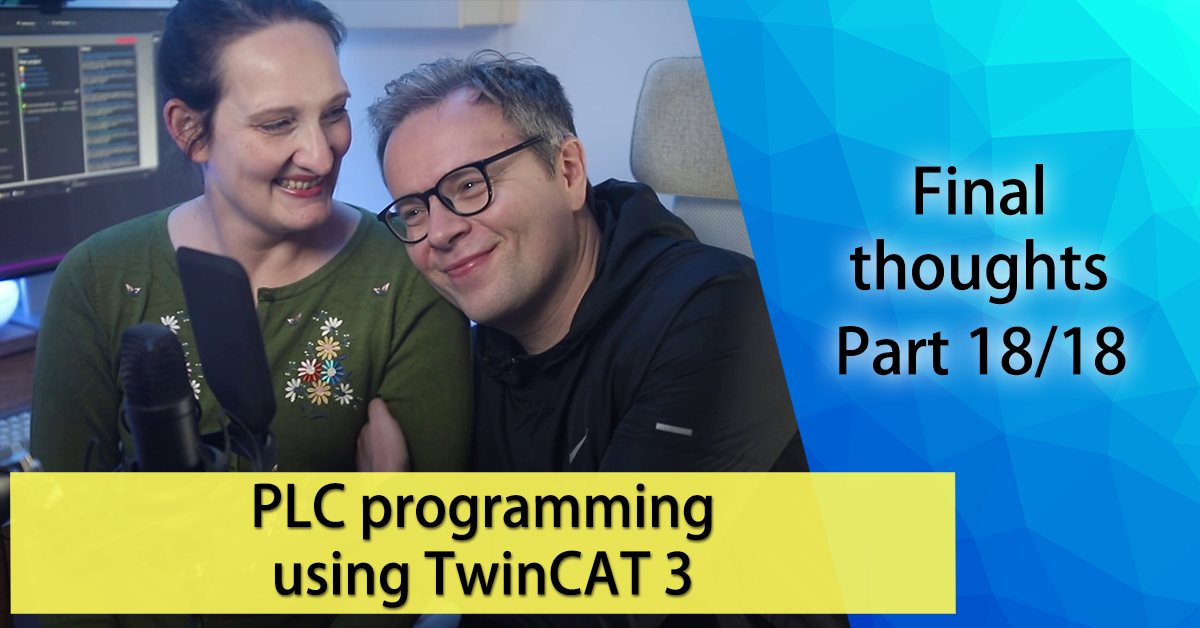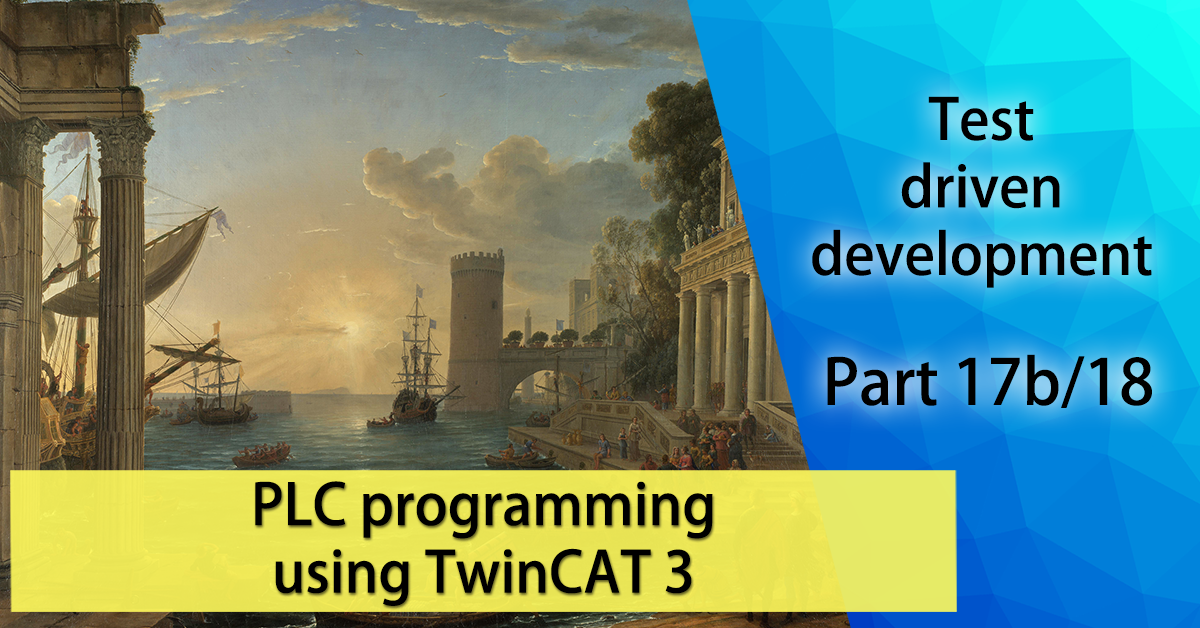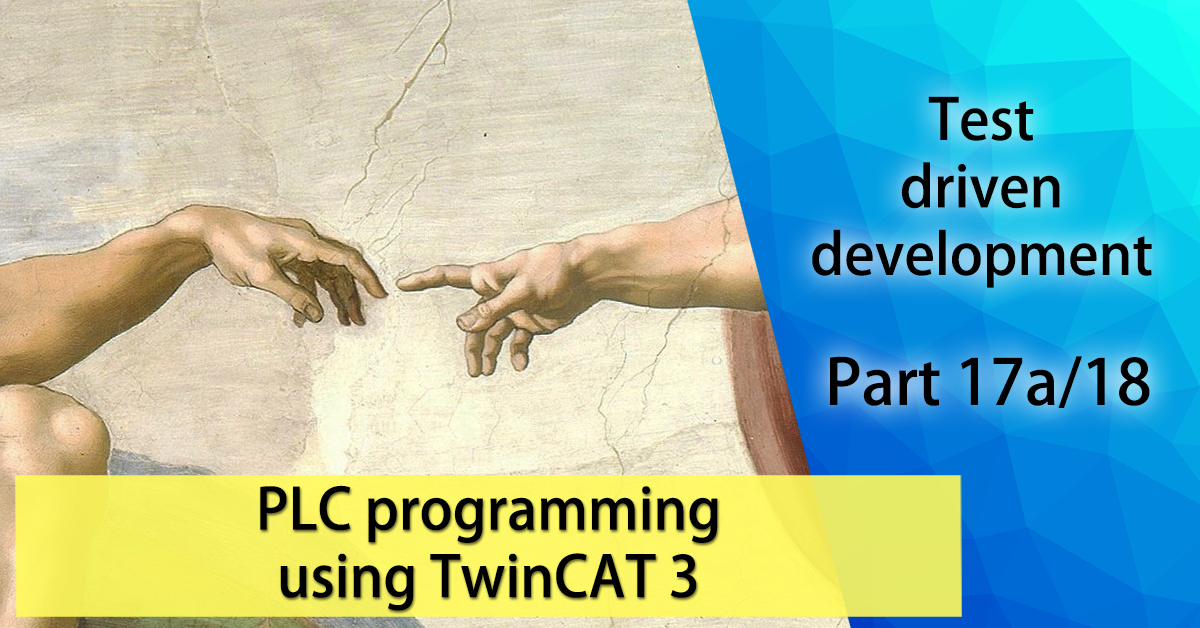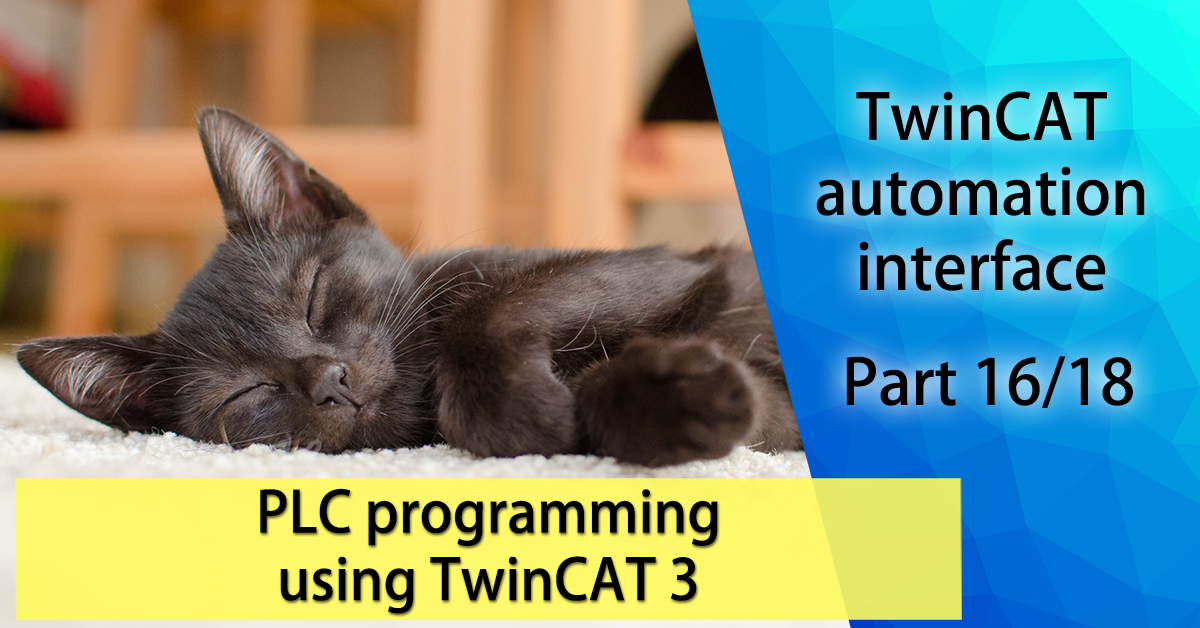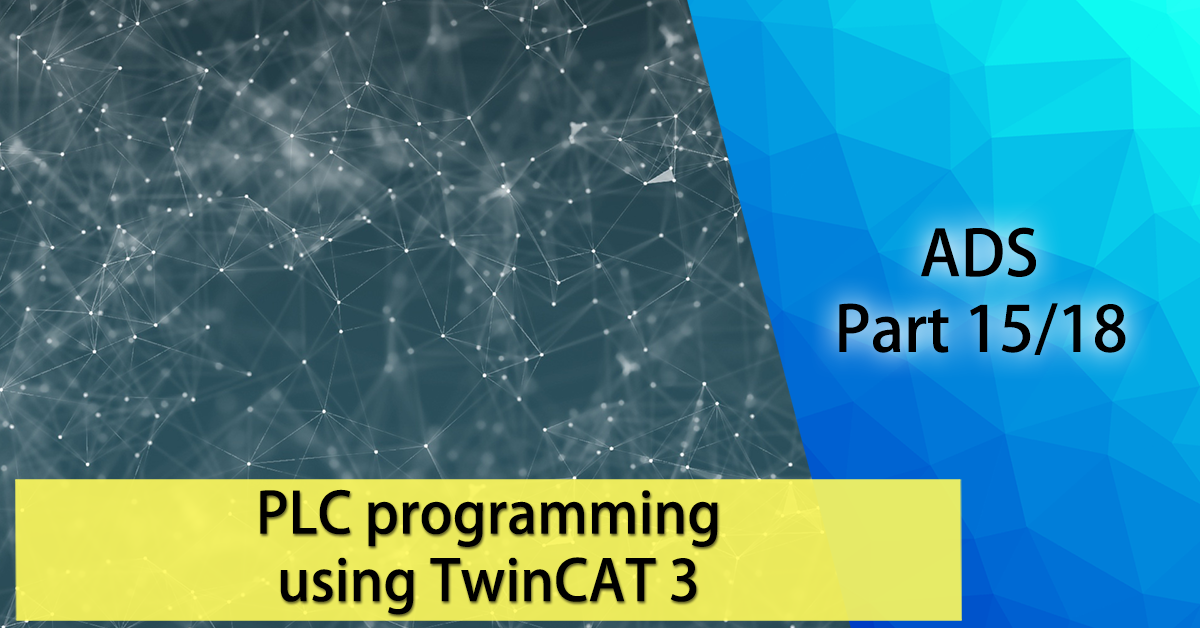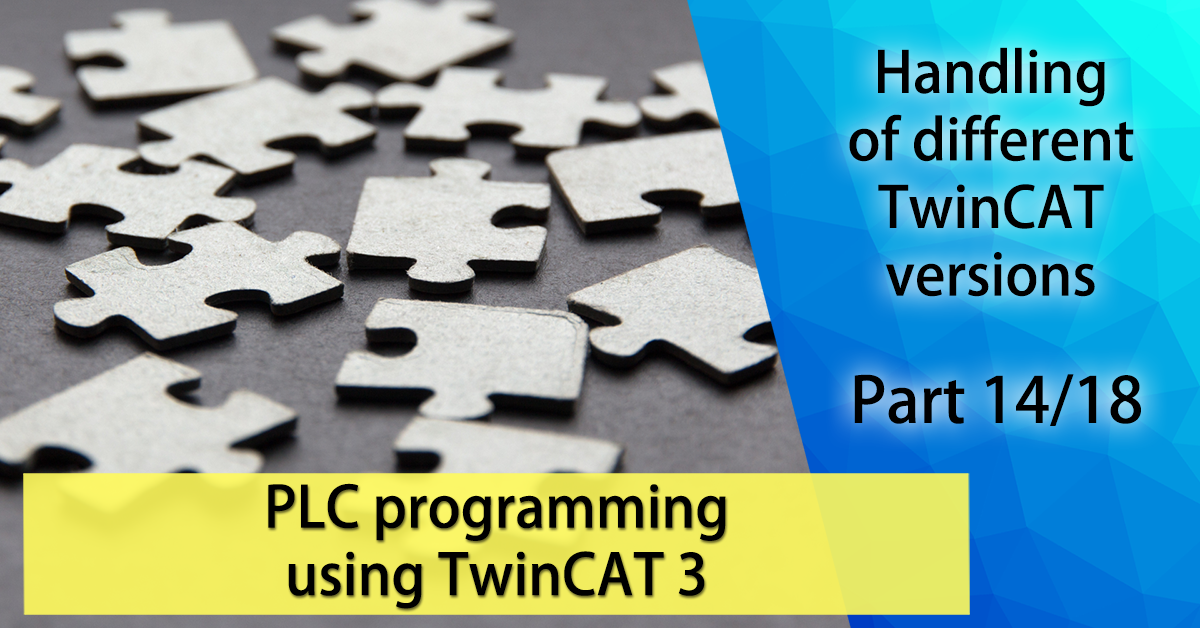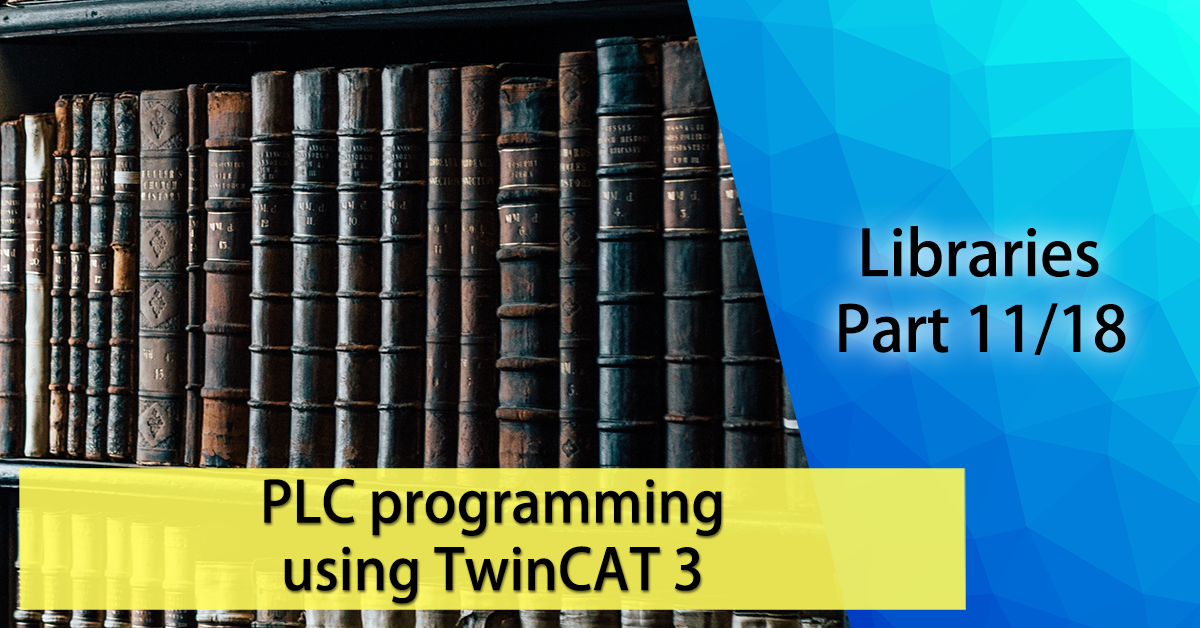Hey all readers! Another year has passed by, and I thought I’d just share some thoughts.
There haven’t really been many blog posts this year (as in pure blog texts), but rather blog posts with links to my YouTube videos. As you might already have guessed, all my spare-time went into finishing the free “PLC programming using TwinCAT 3” course on YouTube. I promised myself that I would finish this course this year, and I’m very happy to have delivered the last part just a few days ago. Now I know that it takes 720 hours to make what might be the world’s most popular PLC programming course.
The response to this course has been well beyond my imagination. I’ve on average probably received two dozen messages every week saying thank you from people all across the world. Many have started their careers thanks to my course, some have learned something new (for example, what TDD is). A few have written very angry/hateful e-mails stating that I’m destroying the automation industry and the job-market by putting out my course for free. I’ve realized you can’t make everyone happy.

